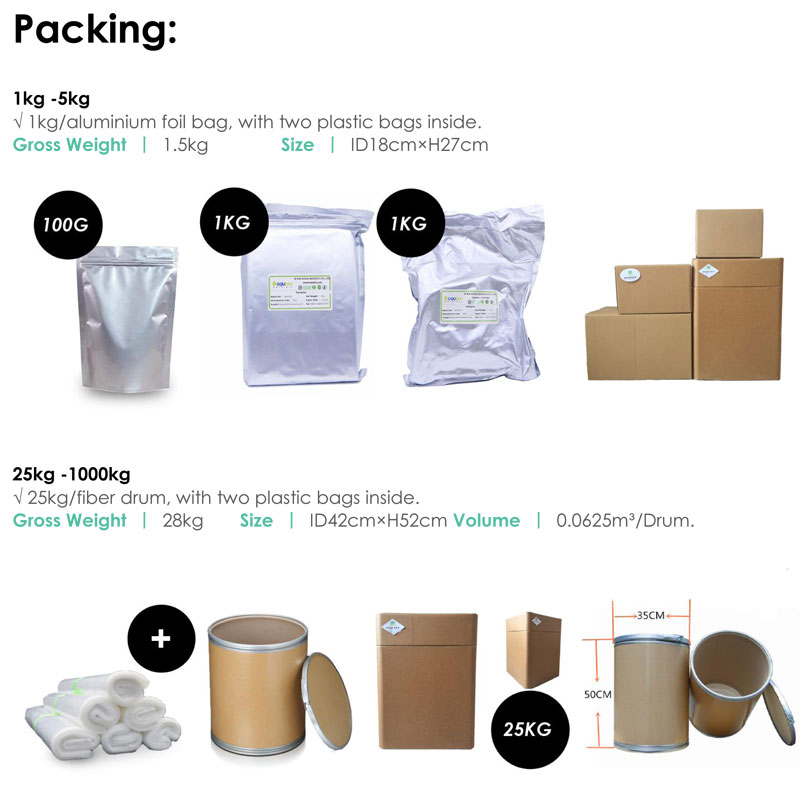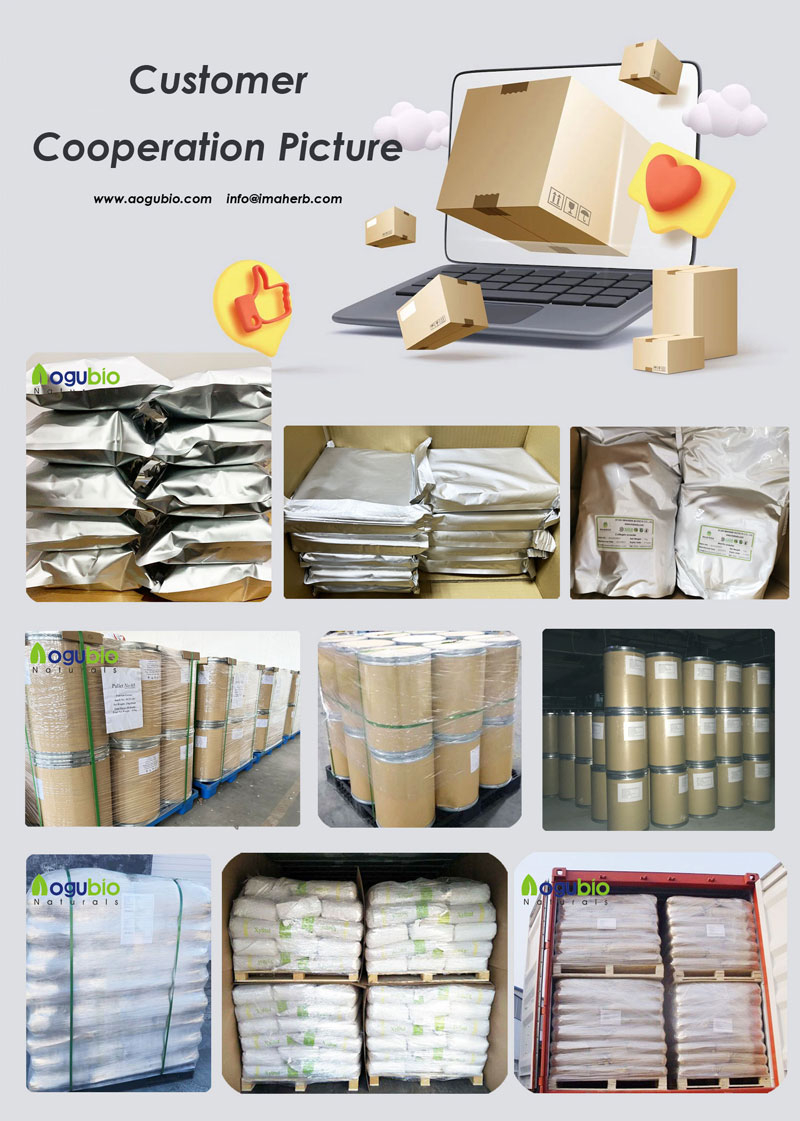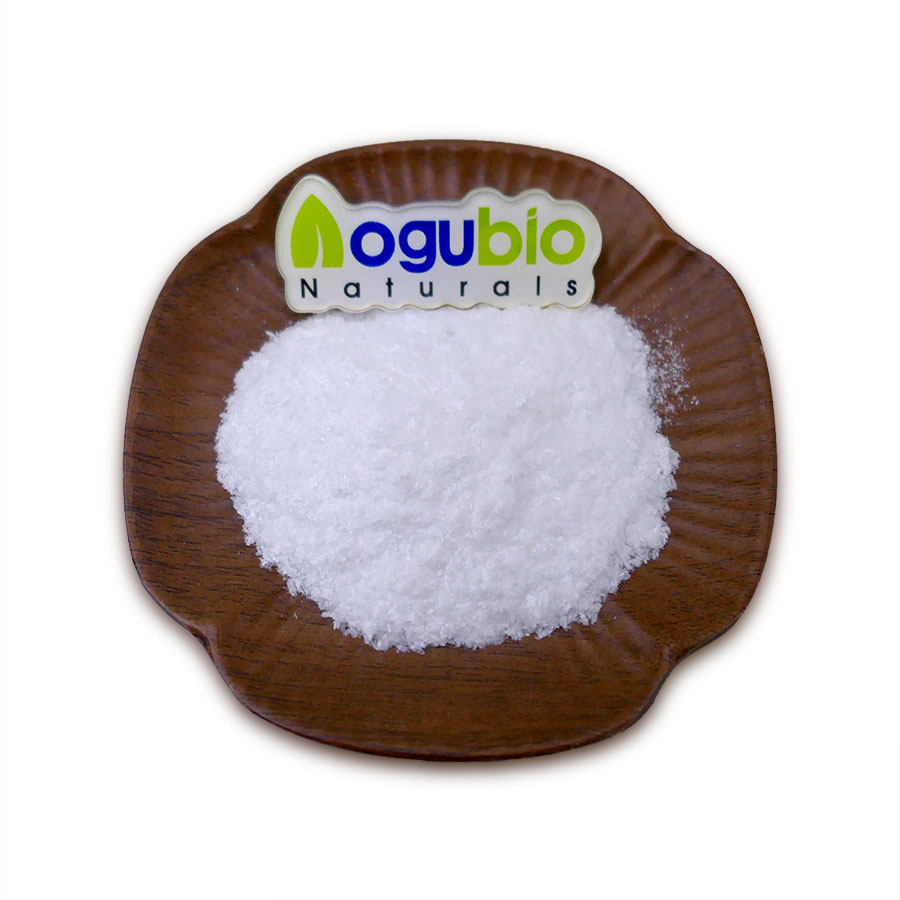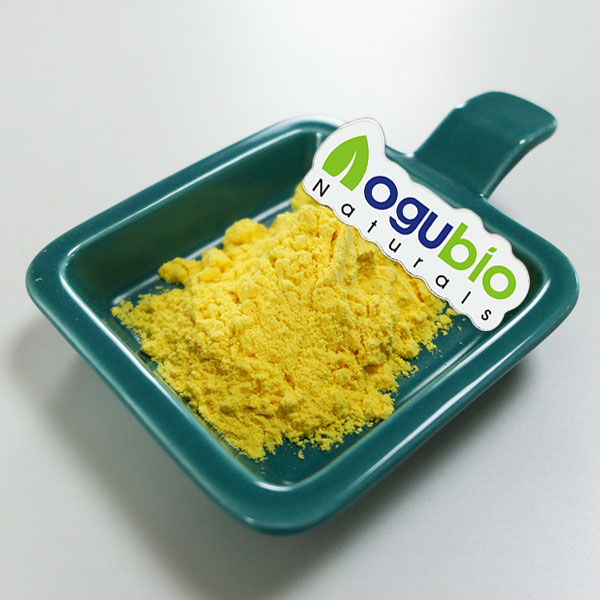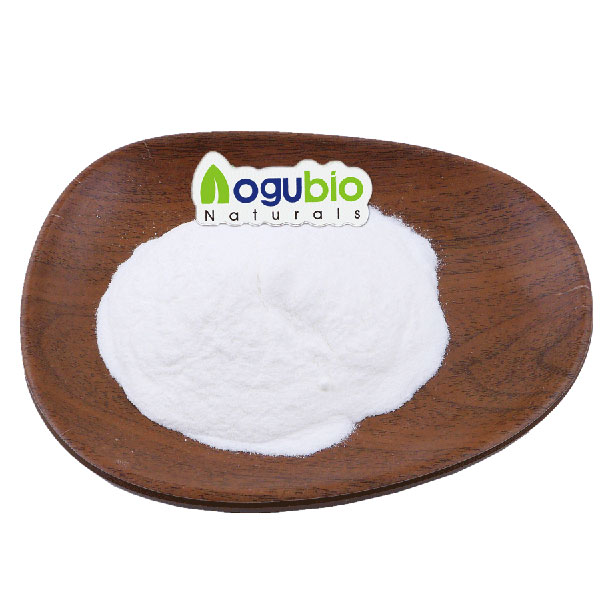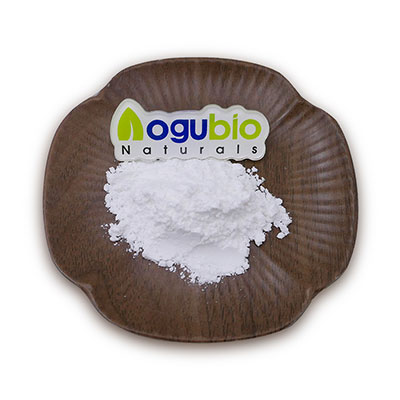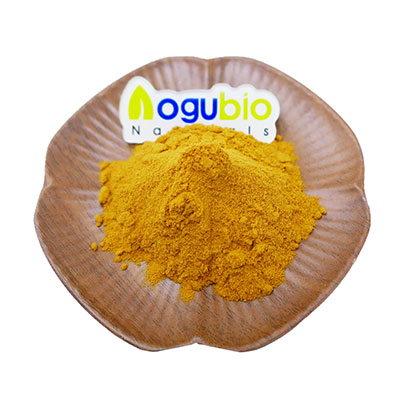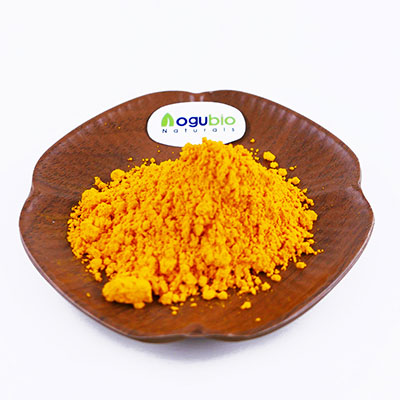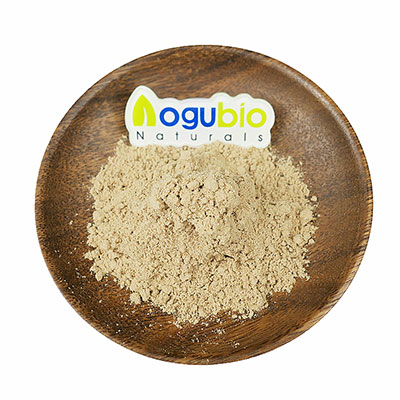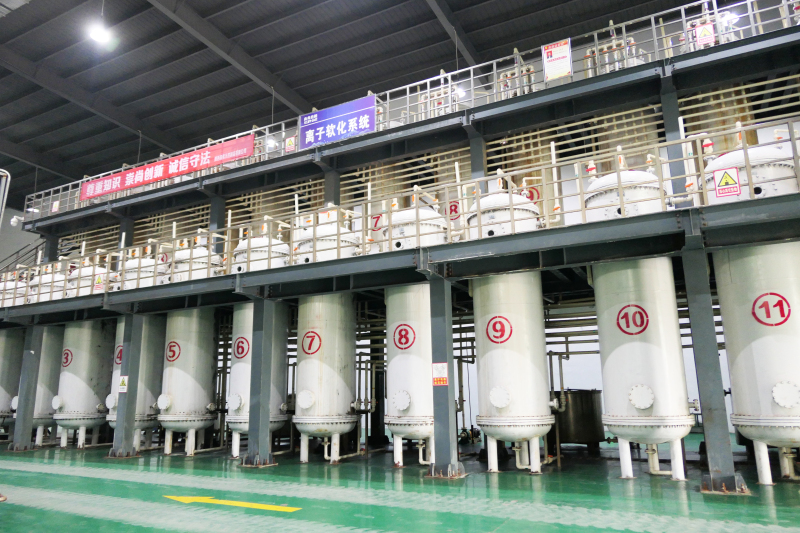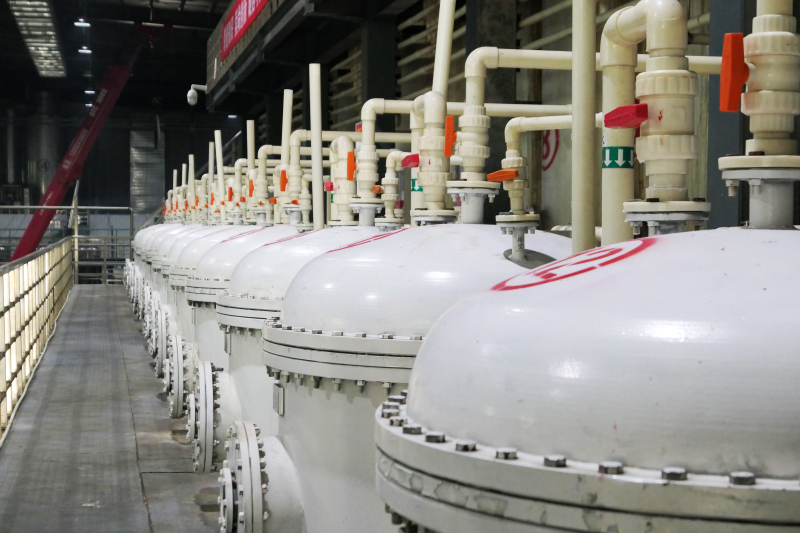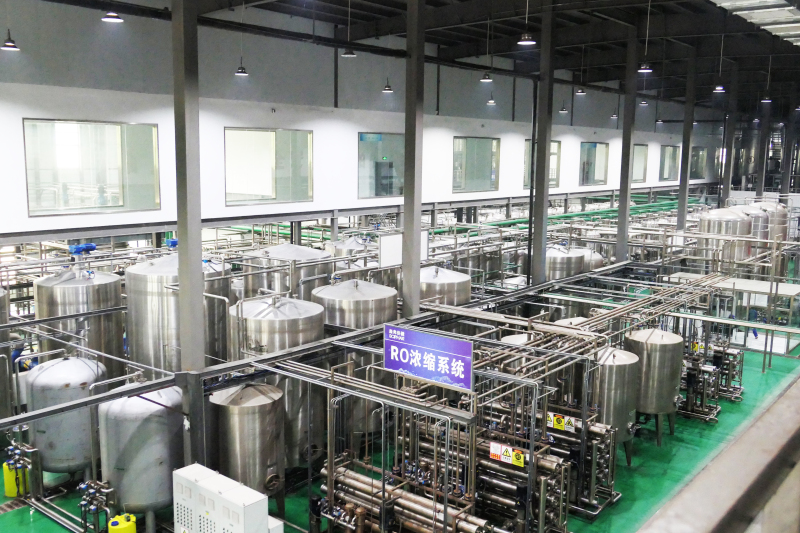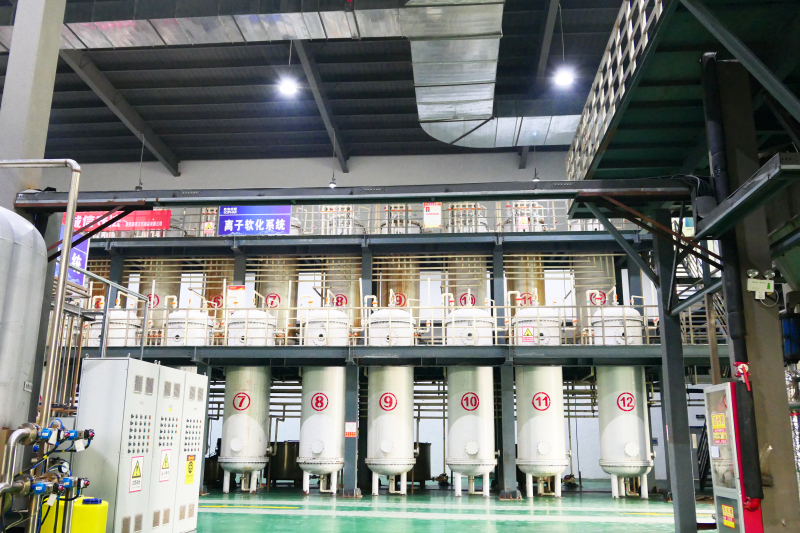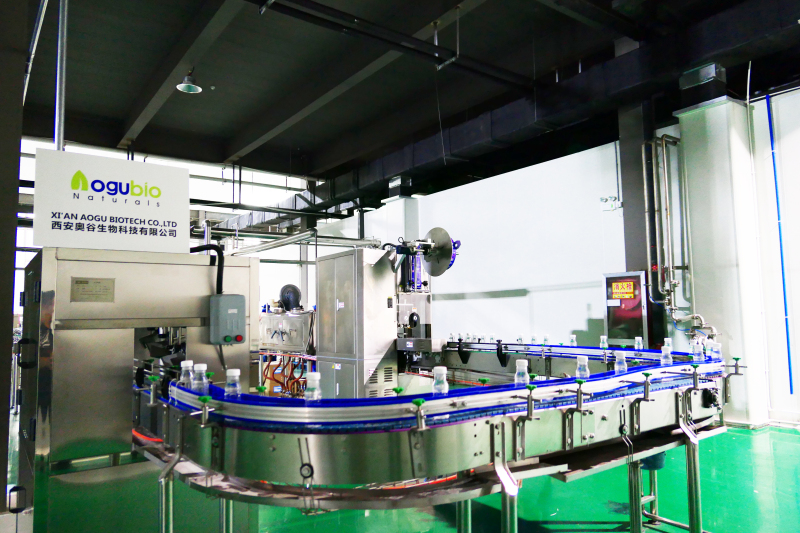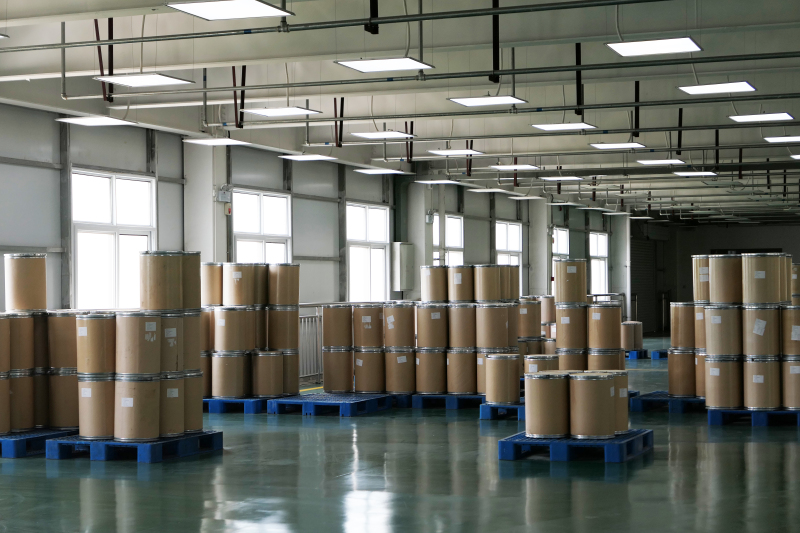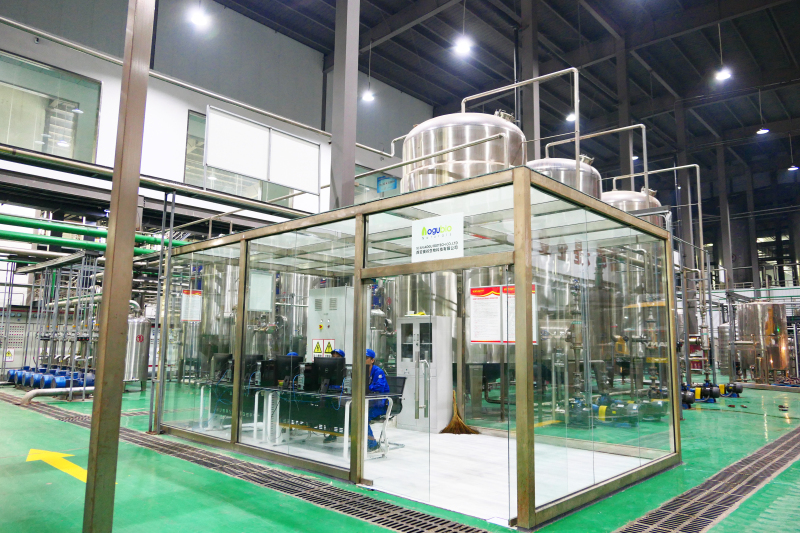Kojic Acid Dipalmitate vs. Other Skin Brightening Ingredients: Which is Better?
Kojic Acid Dipalmitate vs. Other Skin Brightening Ingredients: Which is Better?
In the quest for flawless and radiant skin, there is an abundance of options when it comes to choosing the right skin brightening ingredient. Among the many contenders, Kojic Acid Dipalmitate has gained significant attention for its effectiveness in reducing hyperpigmentation and promoting a brighter complexion. But how does it compare to other skin brightening ingredients? Let's delve deeper into this topic and explore whether Kojic Acid Dipalmitate reigns supreme.
To understand the benefits of Kojic Acid Dipalmitate, it is essential to first comprehend what it is. Kojic Acid Dipalmitate is a derivative of kojic acid, a naturally occurring compound derived from fungi and fermented rice. This chemical substance has been widely used in the cosmetics industry for its sunscreen and antioxidant properties. Furthermore, Kojic Acid Dipalmitate is considered a new generation of whitening additive, outperforming traditional ingredients such as arbutin and kojic acid itself.
One of the key advantages of Kojic Acid Dipalmitate is its exceptional ability to block the formation of melanin, the pigment responsible for skin color. This is achieved by inhibiting the activity of tyrosinase, an enzyme involved in melanin synthesis. By complexing Cu2+ (copper ions), Kojic Acid Dipalmitate effectively halts the production of melanin, resulting in a noticeable reduction of hyperpigmentation. Studies have shown that Kojic Acid Dipalmitate has an efficacy rate of over 80%, making it a highly efficient skin brightening agent.
In addition to its potency, Kojic Acid Dipalmitate also boasts stability and safety as key attributes. Many traditional skin brightening ingredients, such as arbutin, are prone to instability when exposed to air or sunlight. However, Kojic Acid Dipalmitate exhibits remarkable stability, ensuring that its efficacy remains intact even under challenging conditions. Furthermore, extensive safety studies have been conducted, confirming its suitability for use in various skincare products.
While Kojic Acid Dipalmitate certainly stands out, it is vital to consider its counterparts in the realm of skin brightening ingredients. One popular alternative is vitamin C ethyl ether, a stable and potent form of vitamin C that is highly regarded for its brightening capabilities. Vitamin C ethyl ether works by inhibiting tyrosinase activity and reducing melanin production. When combined with Kojic Acid Dipalmitate, the synergistic effect enhances their individual properties, resulting in a more comprehensive and effective skin brightening solution.
Another noteworthy competitor to Kojic Acid Dipalmitate is hydroquinone, a potent skin lightener commonly used in dermatology clinics. Hydroquinone has long been praised for its ability to lighten even the most stubborn hyperpigmentation. However, it is important to note that hydroquinone is a prescription-strength ingredient with potential side effects, such as skin irritation and the risk of ochronosis. In contrast, Kojic Acid Dipalmitate offers a safer alternative without compromising on efficacy.
So, what sets Kojic Acid Dipalmitate apart from other skin brightening ingredients? Its high efficiency, stability, and remarkable safety profile make it a top choice for individuals seeking to diminish hyperpigmentation and achieve a brighter complexion. Furthermore, its compatibility with other active ingredients, such as vitamin C ethyl ether and arbutin, makes it a valuable addition to skincare formulations.
In conclusion, Kojic Acid Dipalmitate emerges as a formidable competitor in the realm of skin brightening ingredients. Its ability to block the formation of melanin, coupled with its stability and safety, sets it apart from its counterparts. While other ingredients may offer their own unique benefits, Kojic Acid Dipalmitate's exceptional efficacy and versatility make it a superior choice for individuals striving to achieve radiant and flawless skin.
Products Description
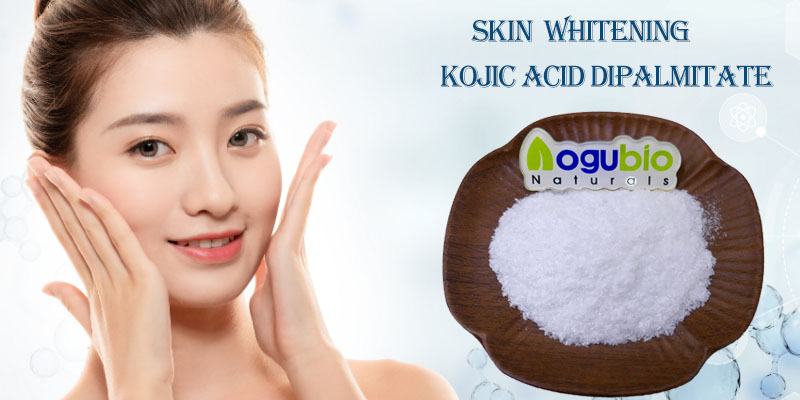
Kojic acid dipalmitate is modified kojic acid derivative,which not only overcomes the instability to light, heat and metallic ion, but also keeps the inhibitory tyrosinase activity and prevents the forming of melanin. Kojic dipalmitate owns stable chemical property. It will not turn yellow for oxidation, metallic ion, illumination and heating.
Function
- kojic acid dipalmitate is a kind of specialized inhibitor for melanin. It can prevent the tyrosinase activity through synthesizing with copper ion in the cells after it enters skin cells. Kojic acid and its derivative has better inhibitory effect on tyrosinase than any other skin whitening agents.
- kojic acid dipalmitate can also eliminate free radical, strengthen cell activity of cell and keep the food fresh.
BASIC ANALYSIS
|
ANALYSIS
|
SPECIFICATION
|
RESULTS
|
|
Appearance
|
White Powder
|
Complies
|
|
Odor
|
Characteristic
|
Complies
|
|
Tasted
|
Characteristic
|
Complies
|
|
Assay
|
99%
|
Complies
|
|
Sieve Analysis
|
100% pass 80 mesh
|
Complies
|
|
Loss on Drying
|
5% Max.
|
1.02%
|
|
Sulphated Ash
|
5% Max.
|
1.3%
|
|
Extract Solvent
|
Ethanol & Water
|
Complies
|
|
Heavy Metal
|
5ppm Max
|
Complies
|
|
As
|
2ppm Max
|
Complies
|
|
Residual Solvents
|
0.05% Max.
|
Negative
|
|
Microbiology
|
||
|
Total Plate Count
|
1000/g Max
|
Complies
|
|
Yeast & Mold
|
100/g Max
|
Complies
|
|
E.Coli
|
Negative
|
Complies
|
|
Salmonella
|
Negative
|
Complies
|
Applications
Body/facial care toners, anti-aging preparations, sun protection, after-sun & self-tanning, skin whitening/lightening, treatment for a variety of skin hyperpigmentation conditions or disorders, e.g. solar lentigenes, melasma, chloasma, scars, freckles, age pigment and other local hyperpigmented regions of the skin
